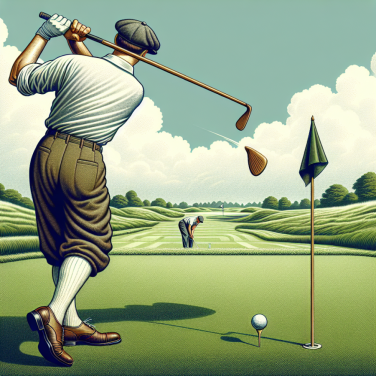Mastering the Dynamic Moves on Wheels: The Art of Roller Hockey
Roller hockey, a sport beloved for its exhilarating fusion of agility, speed, and finesse, has captured the imagination of countless enthusiasts around the globe. At the heart of this thrilling game lies the artistry of movement—dynamic moves on wheels—that distinguishes skilled players from amateurs.
Controlling the Puck at High Speeds: One of the vital skills in roller hockey is the ability to control the puck while maneuvering swiftly around the rink. This necessitates a delicate balance between speed and precision. Advanced techniques include puck handling through tight defense, executing sharp turns without forfeiting possession, and knowing when to accelerate and when to decelerate to confuse opponents and create openings.
Skating Techniques and Stance: Mastery in roller hockey begins from the ground up, with an emphasis on skating techniques. A lower stance offers greater stability, allowing for rapid changes in direction while maintaining speed. Expert players understand the importance of crossover strides for gaining speed during turns and utilizing both heel-to-toe and toe-to-heel skating motions to keep defenders guessing.
Defensive Tactics: Defense in roller hockey isn't solely about blocking shots; it's about positioning, anticipation, and the intelligent use of space. Skilled players need to establish body placement to steer offensive players towards less threatening areas of the rink, mastering backward crossovers to match the speed of the opposition, and perfecting poke checks to dispossess attackers without committing penalties.
Offensive Maneuvers: On offense, players must combine creativity with agility. This can include mastering a repertoire of shots like the snap shot for quick release, the wrist shot for precision, and slap shots for power. Players must weave through defenses using juke moves, crossovers, and tight-turns while maintaining control of the puck, setting up scoring opportunities not just for themselves, but for their teammates as well.
Goaltending Agility: Roller hockey goaltenders require a unique set of skills, combining traditional goaltending abilities with roller skating proficiency. They must enact rapid lateral movements, butterfly slides, and split-second decision making to guard their net effectively. A goaltender's ability to read the play and react with dynamic moves can be the difference between a good save and a goal scored.
Training Drills and Physical Conditioning: To pull off the intricate moves required in roller hockey, players must engage in rigorous training and conditioning.
Read also:
Mastering the Art of Squirt Boating: A Thrilling Dive into Eddyline
The Adrenaline Rush of Roller Hockey: Where Precision Meets Pace
The very essence of roller hockey lies at the intersection of breakneck speed and refined skill, with each match serving as a testament to the sport’s exhilarating nature. Roller hockey players are not just athletes—they are maestros of momentum, capable of orchestrating fluid movements even in the face of fierce competition and at high velocities.
One of the most captivating aspects of roller hockey is the agility displayed by players. Maneuvering the puck with their sticks while skating at high speeds requires utmost precision. The swift and precise movements necessary to dribble past opponents or to maintain control of the puck are nothing short of art. The need for balance and coordination is paramount, as the slightest mishandling can result in a turnover, propelling the opposing team into a fast break.
The pace of the game keeps fans on the edge of their seats. Unlike ice hockey, roller hockey is played on a non-ice surface, which leads to fewer stoppages and a faster game flow. The sport is typically played four-on-four, which allows for more open space and opportunities for creative playmaking and strategic passing. It is this non-stop action that magnifies the adrenaline rush both players and spectators experience.
Shot accuracy in roller hockey is a skill honed over countless hours of practice. The goals are smaller, the goalies well-equipped, and the chances come at a breakneck pace. Scoring a goal requires pinpoint accuracy and often the ability to predict the opponent's movements. A well-placed shot in roller hockey not only showcases a player’s control but also their quick decision-making under pressure.
Defensively, roller hockey is just as intense. Players must be equally adept at intercepting passes as they are at executing them. Blocking shots and obstructing offensive advances are critical tasks that require fearlessness and agility. Moreover, the absence of blue lines for offside allows for high-speed counterattacks, placing additional pressure on defensive maneuvers.
The goalkeeper in roller hockey is a unique breed, capable of shutting down the high-octane offense with acrobatic saves and rapid reflexes. Their ability to read the game and to react instantaneously to threats is crucial in keeping the score in check. The goalie is the last line of defense, a pivotal player in the adrenaline-fueled chaos that unfolds on the rink.
The equipment used in roller hockey also contributes to the sport’s dynamic nature. Roller hockey skates are designed for maximum maneuverability, allowing for tight turns and quick transitions.




